Home>Home Appliances>Cleaning Appliances>How To Mop Marble Floors
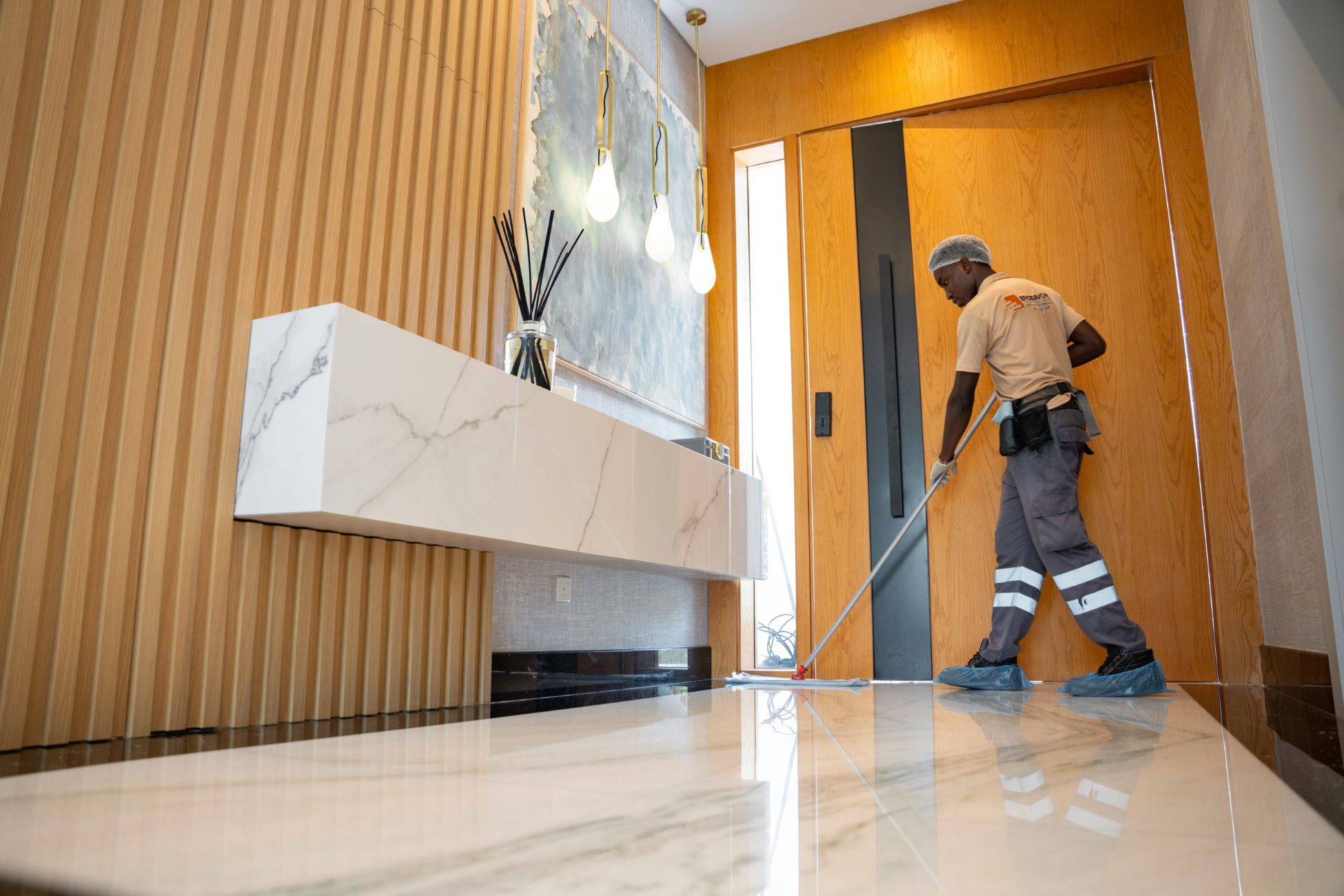

Cleaning Appliances
How To Mop Marble Floors
Modified: March 24, 2024
Learn the best techniques for mopping marble floors and keeping them clean with the right cleaning appliances. Discover expert tips for maintaining your marble floors.
(Many of the links in this article redirect to a specific reviewed product. Your purchase of these products through affiliate links helps to generate commission for Storables.com, at no extra cost. Learn more)
Introduction
Maintaining the pristine beauty of marble floors requires a tailored approach to cleaning. Marble is a luxurious and timeless flooring material that adds elegance to any space. However, it demands special care to preserve its luster and prevent damage. In this comprehensive guide, we will explore the best practices for cleaning and maintaining marble floors, ensuring that they remain a stunning focal point in your home or business.
Marble is a metamorphic rock that is beloved for its unique veining and natural luster. It is a popular choice for flooring due to its durability and the luxurious ambiance it imparts to any room. However, despite its resilience, marble is susceptible to etching and staining if not properly maintained. Therefore, it is crucial to use the right cleaning techniques and products to ensure the longevity and beauty of your marble floors.
Whether you have marble floors in your kitchen, bathroom, or living areas, this guide will equip you with the knowledge and skills needed to keep them looking immaculate. From understanding the tools and materials required to the step-by-step process of cleaning and polishing, this article will serve as your go-to resource for achieving gleaming marble floors.
By following the expert advice provided here, you can elevate the appeal of your home or business while safeguarding your investment in stunning marble flooring. Let’s delve into the essential tools, materials, and techniques for effectively cleaning and maintaining marble floors, ensuring that they continue to exude timeless elegance for years to come.
Key Takeaways:
- Preserve the Beauty: Maintain marble floors with gentle cleaning, proper drying, and regular sealing to safeguard against damage and maintain their timeless elegance.
- Ongoing Care: Implement daily maintenance, avoid acidic cleaners, and address spills promptly to ensure marble floors retain their stunning appearance for years to come.
Read more: How To Shine A Marble Floor
Tools and Materials Needed
Before embarking on the task of cleaning and maintaining your marble floors, it’s essential to gather the necessary tools and materials to ensure a thorough and effective cleaning process. Here’s a comprehensive list of items you’ll need:
Tools:
- Soft-bristled broom or vacuum cleaner with soft brush attachment
- Mop with a soft, non-abrasive head
- Microfiber cloths or soft, lint-free towels
- Bucket
- Soft-bristled brush for grout cleaning
- Dust mop or dry mop for regular maintenance
- Soft sponge or mop for spills and spot cleaning
- Protective gloves
Materials:
- Neutral pH stone cleaner specifically formulated for marble
- Diluted dish soap or mild liquid detergent
- Distilled water for preparing cleaning solutions
- White vinegar (for occasional deep cleaning)
- Marble sealer (optional, for sealing the marble after cleaning)
- Polishing compound or marble polishing powder (for polishing the floor, if needed)
- Chamois cloth for polishing
- Protective mats or rugs for high-traffic areas
By ensuring that you have these tools and materials on hand, you’ll be well-prepared to embark on the process of cleaning and maintaining your marble floors. With the right equipment and products at your disposal, you can effectively preserve the natural beauty of your marble while safeguarding it against damage and wear.
Preparing the Marble Floor
Prior to cleaning your marble floor, it’s crucial to prepare the surface to ensure that the cleaning process is as effective as possible. Here are the essential steps for preparing the marble floor:
Clear the Area: Begin by removing any furniture, rugs, or objects from the marble floor. This will allow for unobstructed access and ensure that the entire surface can be thoroughly cleaned.
Dust and Debris Removal: Using a soft-bristled broom or a vacuum cleaner with a soft brush attachment, gently remove loose dirt, dust, and debris from the surface of the marble floor. Pay attention to corners and crevices where debris may accumulate.
Protective Measures: If there are adjacent surfaces or areas that you want to protect from cleaning solutions or splashes, consider using masking tape and plastic sheeting to cover and seal off those areas. This will prevent any accidental damage or staining during the cleaning process.
Test for Compatibility: Before applying any cleaning solution to the entire floor, perform a patch test in an inconspicuous area to ensure that the cleaner is compatible with the marble. This step is crucial, as it helps to avoid potential damage or discoloration to the marble surface.
By meticulously preparing the marble floor before cleaning, you can set the stage for a successful and thorough cleaning process. Clearing the area, removing dust and debris, implementing protective measures, and conducting a compatibility test will ensure that the marble is primed for the cleaning and maintenance procedures that follow.
Read more: How To Clean Marble Floor
Mixing the Cleaning Solution
Creating the right cleaning solution is essential for effectively cleaning marble floors without causing damage. The following steps outline the process of mixing a safe and effective cleaning solution:
Choose the Right Cleaner: Select a neutral pH stone cleaner that is specifically formulated for use on marble surfaces. Avoid acidic or abrasive cleaners, as they can etch or damage the marble.
Dilution Ratio: Follow the manufacturer’s instructions to dilute the stone cleaner with distilled water in a bucket. Typically, a ratio of one part cleaner to four parts water is recommended, but this may vary depending on the specific product.
Optional Additives: In some cases, a mild liquid detergent or diluted dish soap can be added to the cleaning solution for enhanced cleaning power. However, it’s important to avoid using harsh or abrasive additives that can harm the marble.
Mixing: Gently stir the cleaning solution to ensure that the cleaner and water are thoroughly combined. Avoid creating excessive foam or bubbles, as these can make the cleaning process more challenging.
Prepare Multiple Solutions: If you are dealing with heavily soiled areas or stains, consider preparing a separate cleaning solution with a slightly higher concentration of cleaner to target those specific areas. This will allow for more focused and effective cleaning in problem areas.
Caution: When working with cleaning solutions, always wear protective gloves to prevent skin irritation. Additionally, ensure that the area is well-ventilated to minimize exposure to fumes.
By following these steps, you can prepare a suitable cleaning solution that is gentle yet effective for cleaning marble floors. The right cleaning solution will help to lift dirt and grime from the surface of the marble without compromising its natural beauty or integrity.
Mopping the Marble Floor
Once the cleaning solution is prepared, it’s time to proceed with the mopping process. Proper mopping techniques are crucial for ensuring a thorough and gentle cleaning of the marble floor. Follow these steps to effectively mop your marble floor:
Begin with a Dry Mop: Before applying the cleaning solution, use a dust mop or a dry mop to remove any remaining dust, dirt, or debris from the surface of the marble floor. This initial step helps prevent the formation of muddy streaks during the wet mopping process.
Submerge the Mop: Dip the soft, non-abrasive mop head into the prepared cleaning solution. Wring out excess liquid to ensure that the mop is damp but not dripping. Excessive moisture can damage the marble, so it’s important to use a sparing amount of the cleaning solution.
Work in Sections: Divide the floor into manageable sections and begin mopping from one end, gradually working your way across the entire surface. Avoid leaving the cleaning solution on the marble for an extended period, as this can lead to streaking or dull spots.
Gentle Pressure: Apply gentle pressure as you mop, using smooth and overlapping strokes to ensure even coverage. Be mindful of any grout lines or seams, as these areas may require additional attention to remove embedded dirt and grime.
Change the Solution as Needed: If the cleaning solution becomes visibly dirty or soiled during the mopping process, replace it with a fresh batch to avoid spreading dirt across the marble floor. Keeping the cleaning solution clean is essential for achieving a streak-free and polished finish.
Spot Cleaning: For stubborn stains or localized dirt buildup, use a soft sponge or mop to spot clean those areas with the diluted cleaning solution. Gently agitate the stained area without applying excessive force, as harsh scrubbing can damage the marble.
Rinse and Wring: Periodically rinse the mop in clean water and wring it out thoroughly to remove any residual cleaning solution. This helps prevent streaking and ensures that the marble is left with a clean, residue-free finish.
By following these guidelines, you can effectively mop your marble floor, lifting away dirt and grime while preserving the natural beauty of the marble. Proper mopping techniques are essential for achieving a clean and polished result without causing damage to the delicate surface of the marble.
Use a pH-neutral cleaner and a soft mop to clean marble floors. Avoid using acidic or abrasive cleaners, as they can damage the marble. Dry the floor thoroughly to prevent water spots.
Drying and Polishing the Floor
After completing the mopping process, it’s crucial to thoroughly dry the marble floor and, if needed, proceed with polishing to enhance its luster. Follow these steps to ensure proper drying and polishing of the marble floor:
Drying the Floor: Using soft, lint-free towels or a microfiber cloth, carefully dry the marble floor to remove any remaining moisture. Pay close attention to seams, corners, and areas near baseboards, ensuring that all moisture is effectively removed.
Air Drying: Allow the marble floor to air dry for an additional period to ensure that any lingering moisture evaporates completely. Proper drying is essential for preventing water spots and streaks from forming on the marble surface.
Optional Polishing: If your marble floor requires polishing to restore its natural luster, use a specialized marble polishing powder or polishing compound. Follow the manufacturer’s instructions for application, and use a soft, clean chamois cloth to gently buff the marble surface to a brilliant shine.
Sealing the Marble: If your marble floor is unsealed or requires resealing, this is an opportune time to apply a high-quality marble sealer. Follow the manufacturer’s guidelines for proper application, and ensure that the marble is clean and dry before sealing. Sealing helps to protect the marble from stains and moisture penetration, enhancing its longevity and beauty.
Protecting the Floor: Once the floor is dry and, if applicable, polished and sealed, consider placing protective mats or rugs in high-traffic areas to minimize wear and prevent scratches on the marble surface. Regular use of protective measures can help maintain the pristine appearance of the marble floor.
By diligently following these steps, you can ensure that your marble floor is thoroughly dried, polished, and, if necessary, sealed to maintain its natural beauty and resilience. Proper drying and polishing techniques are essential for achieving a gleaming and well-protected marble floor that enhances the aesthetic appeal of your space.
Tips for Maintaining Marble Floors
Maintaining the beauty and longevity of marble floors involves ongoing care and attention. By incorporating the following tips into your maintenance routine, you can ensure that your marble floors retain their stunning appearance for years to come:
Regular Cleaning: Implement a regular cleaning schedule to prevent dirt and debris from accumulating on the marble surface. Use a soft-bristled broom or a vacuum cleaner with a soft brush attachment for daily maintenance, and mop the floor with a neutral pH stone cleaner as needed. Promptly address spills and stains to prevent them from setting into the marble.
Avoid Acidic Substances: Refrain from using acidic or citrus-based cleaners on marble floors, as these can cause etching and damage. Similarly, avoid using vinegar or ammonia-based cleaning solutions, as they can compromise the integrity of the marble. Opt for gentle, non-abrasive cleaners specifically formulated for marble.
Use Protective Mats: Place protective mats or rugs at entryways and high-traffic areas to minimize the tracking of dirt, grit, and moisture onto the marble floor. These mats help reduce wear and prevent scratches, preserving the pristine appearance of the marble.
Regular Sealing: If your marble floor is not sealed or requires resealing, ensure that this task is performed at regular intervals. A high-quality marble sealer helps protect the marble from stains and moisture, enhancing its durability and resilience. Follow the manufacturer’s guidelines for the recommended sealing frequency.
Avoid Abrasive Tools: When cleaning or maintaining marble floors, refrain from using abrasive tools, harsh scrub brushes, or scouring pads, as these can scratch and damage the surface. Opt for soft-bristled brushes, non-abrasive cloths, and gentle cleaning techniques to preserve the marble’s natural luster.
Address Etching Promptly: In the event of accidental spills or acidic substances coming into contact with the marble, address any resulting etching or discoloration promptly. Consult with a professional stone care specialist if necessary to restore the affected areas and prevent further damage.
Professional Maintenance: Periodically enlist the services of a professional stone care company to perform deep cleaning, honing, and polishing of your marble floors. Professional maintenance helps rejuvenate the marble’s appearance and address any issues that may require specialized treatment.
By incorporating these tips into your marble floor maintenance routine, you can safeguard the beauty and integrity of your marble floors, ensuring that they remain a stunning focal point in your home or business. With regular care and attention, marble floors can continue to exude timeless elegance and sophistication.
Read more: How To Mop A Floor
Conclusion
Maintaining the timeless allure of marble floors requires a blend of care, attention to detail, and the use of appropriate cleaning techniques and products. By following the comprehensive guidelines outlined in this article, you can ensure that your marble floors retain their natural beauty and elegance, becoming a captivating feature in your home or business.
From the meticulous preparation of the marble floor to the gentle mopping process and the essential steps of drying, polishing, and sealing, each stage of the cleaning and maintenance process plays a vital role in preserving the integrity of the marble. By incorporating the recommended tools, materials, and techniques, you can effectively clean and maintain your marble floors without compromising their exquisite appearance.
Furthermore, the tips provided for ongoing maintenance offer valuable insights into safeguarding the marble’s luster and resilience. By adopting a proactive approach to care, you can prevent damage, address spills and stains promptly, and ensure that your marble floors remain a source of pride and sophistication.
Ultimately, the enduring appeal of marble floors lies in their ability to elevate the aesthetic ambiance of any space, exuding luxury and refinement. With the knowledge and expertise gained from this guide, you are well-equipped to uphold the allure of your marble floors, allowing them to stand the test of time and continue to captivate all who encounter them.
By integrating these best practices into your marble floor maintenance routine, you can relish in the enduring elegance and beauty of your marble floors, creating an atmosphere of timeless sophistication that leaves a lasting impression.
Frequently Asked Questions about How To Mop Marble Floors
Was this page helpful?
At Storables.com, we guarantee accurate and reliable information. Our content, validated by Expert Board Contributors, is crafted following stringent Editorial Policies. We're committed to providing you with well-researched, expert-backed insights for all your informational needs.
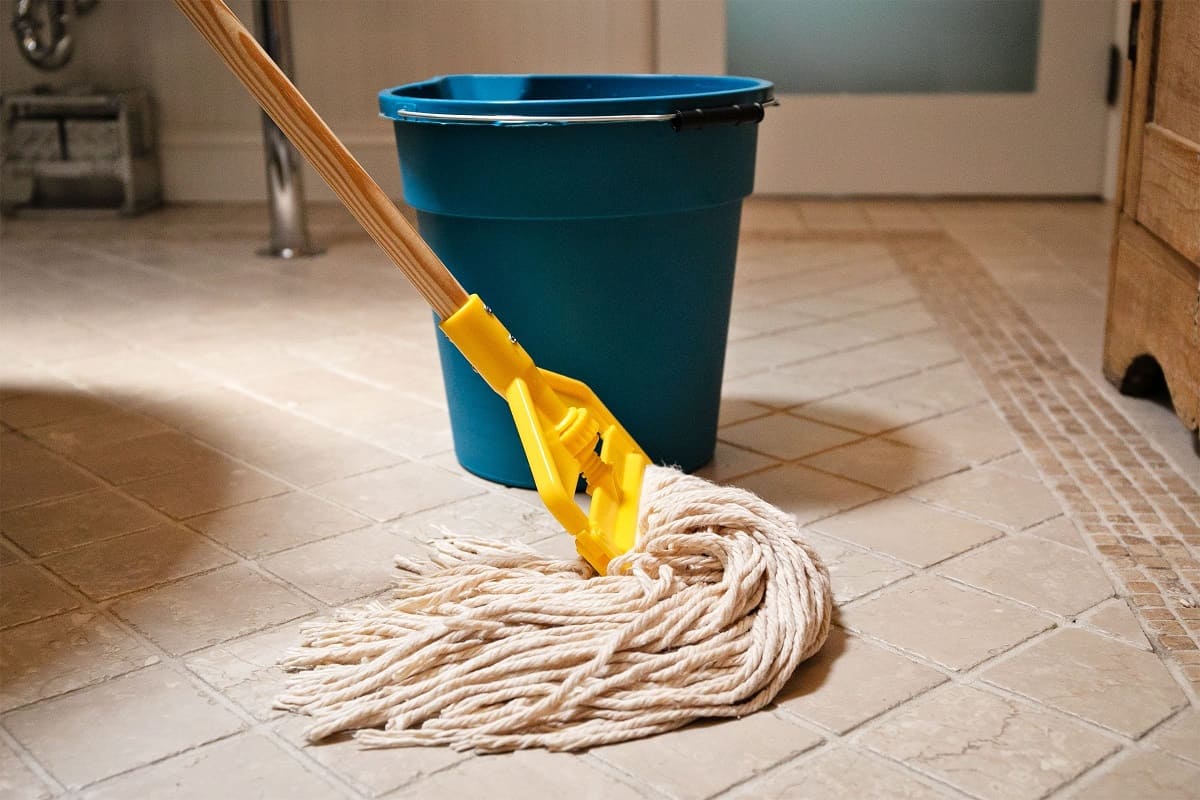
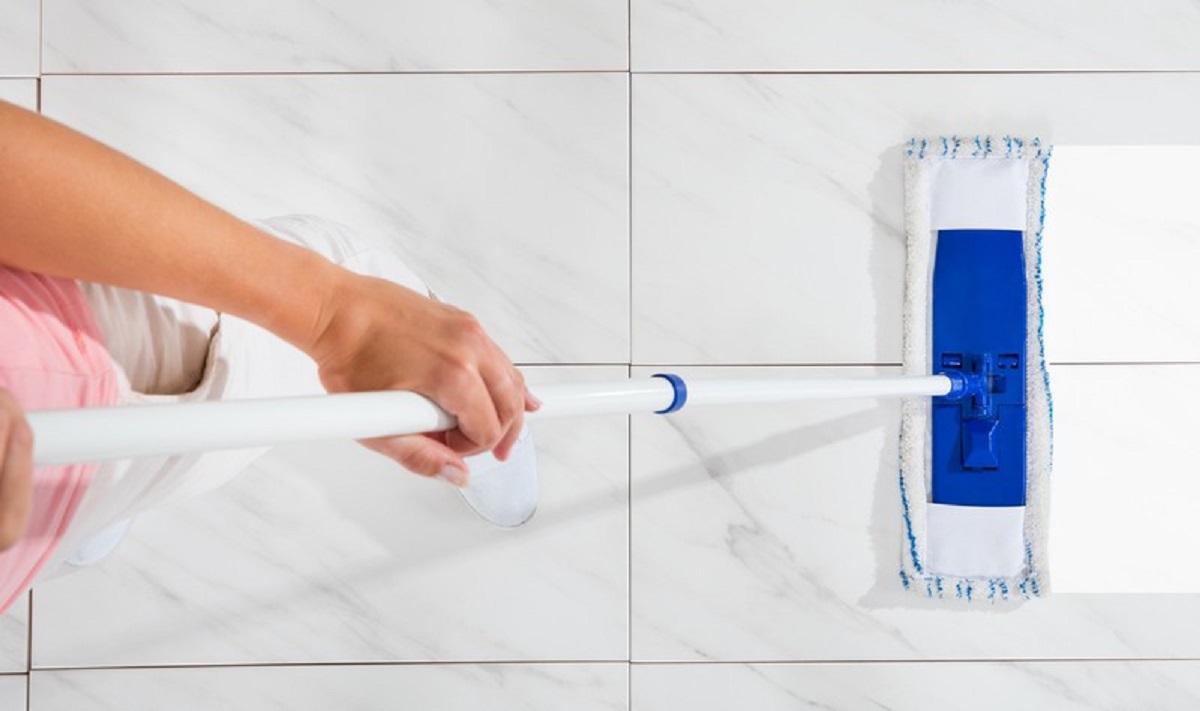
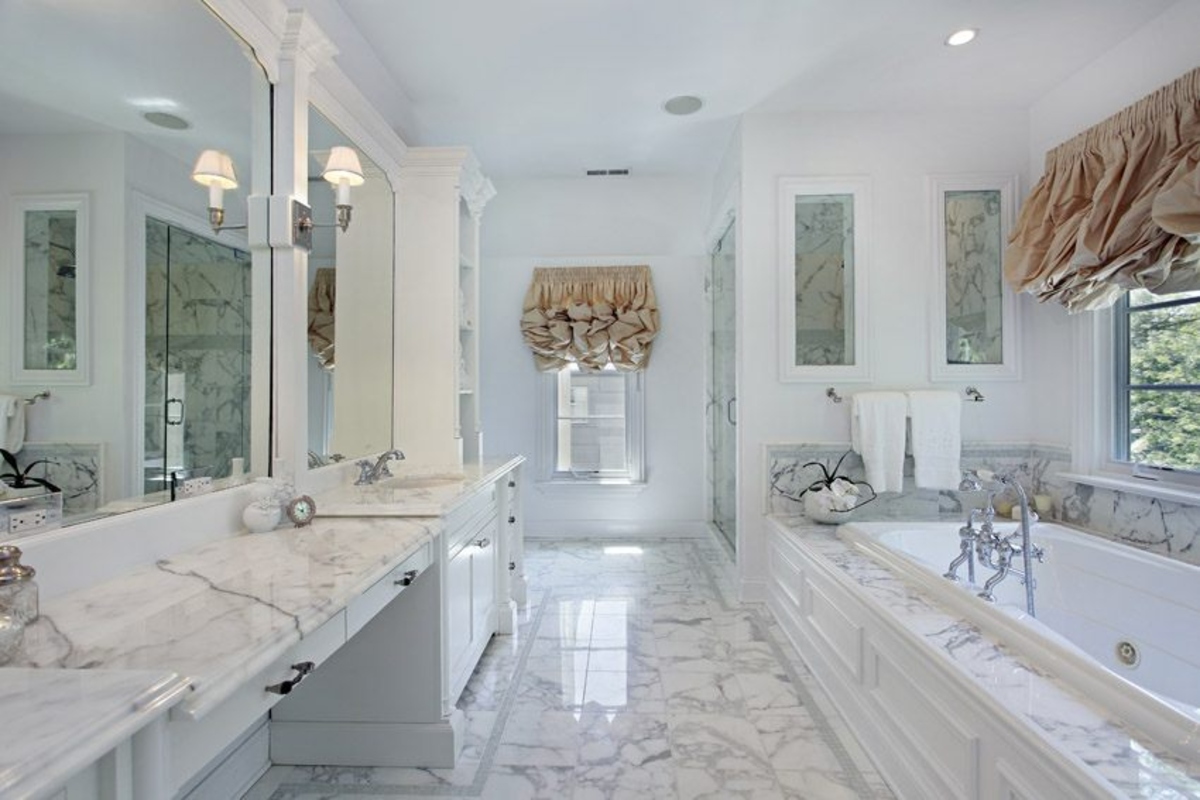
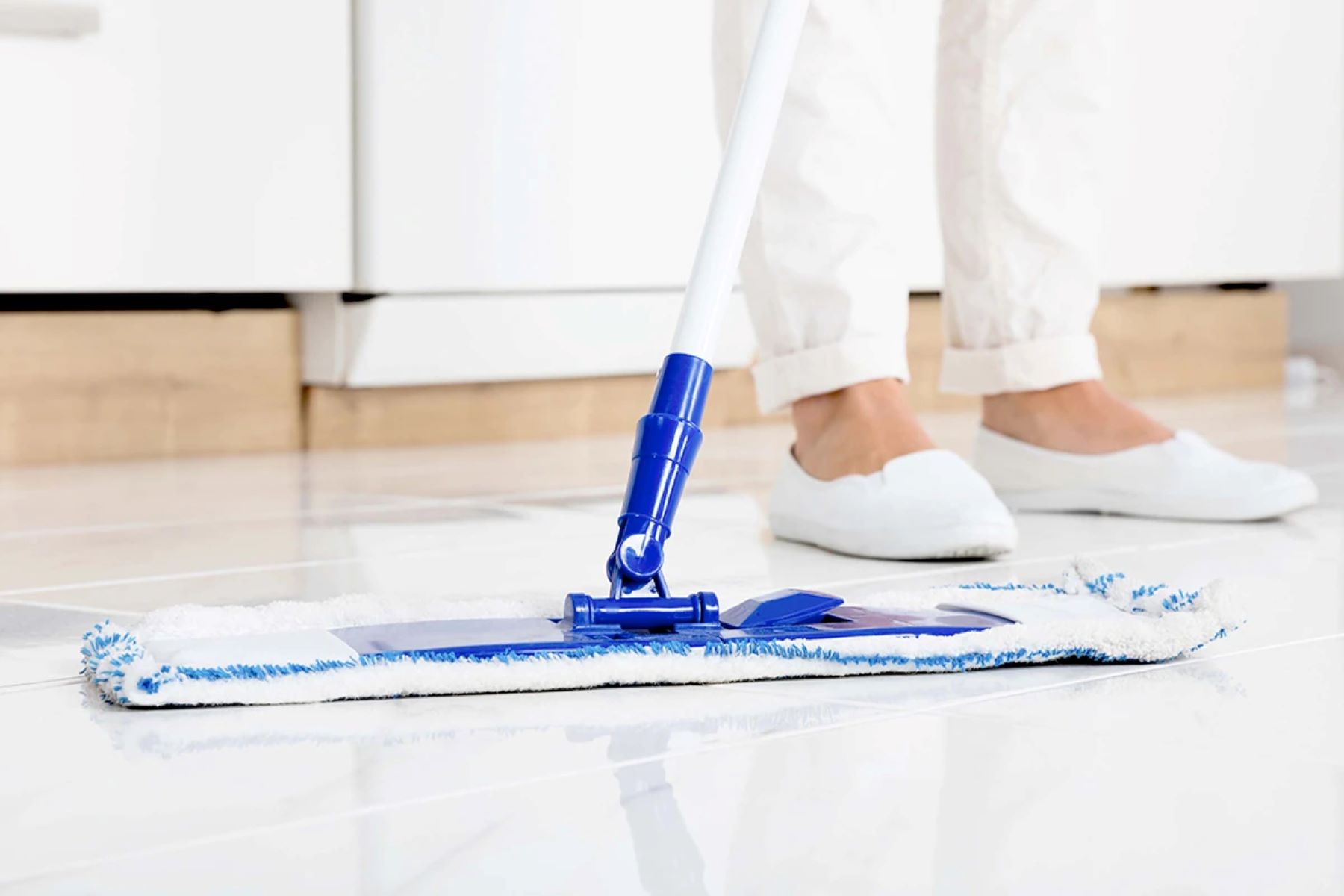
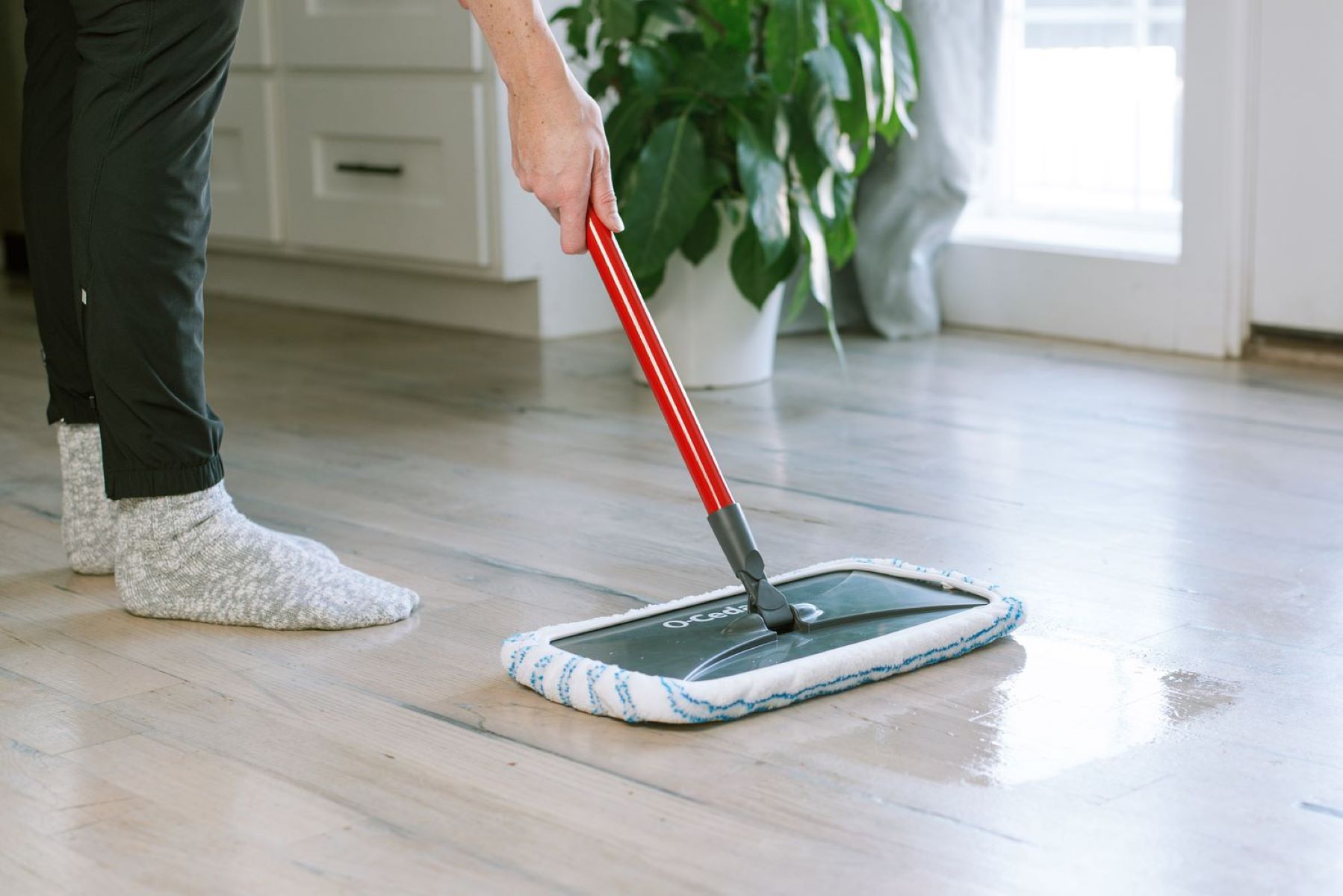
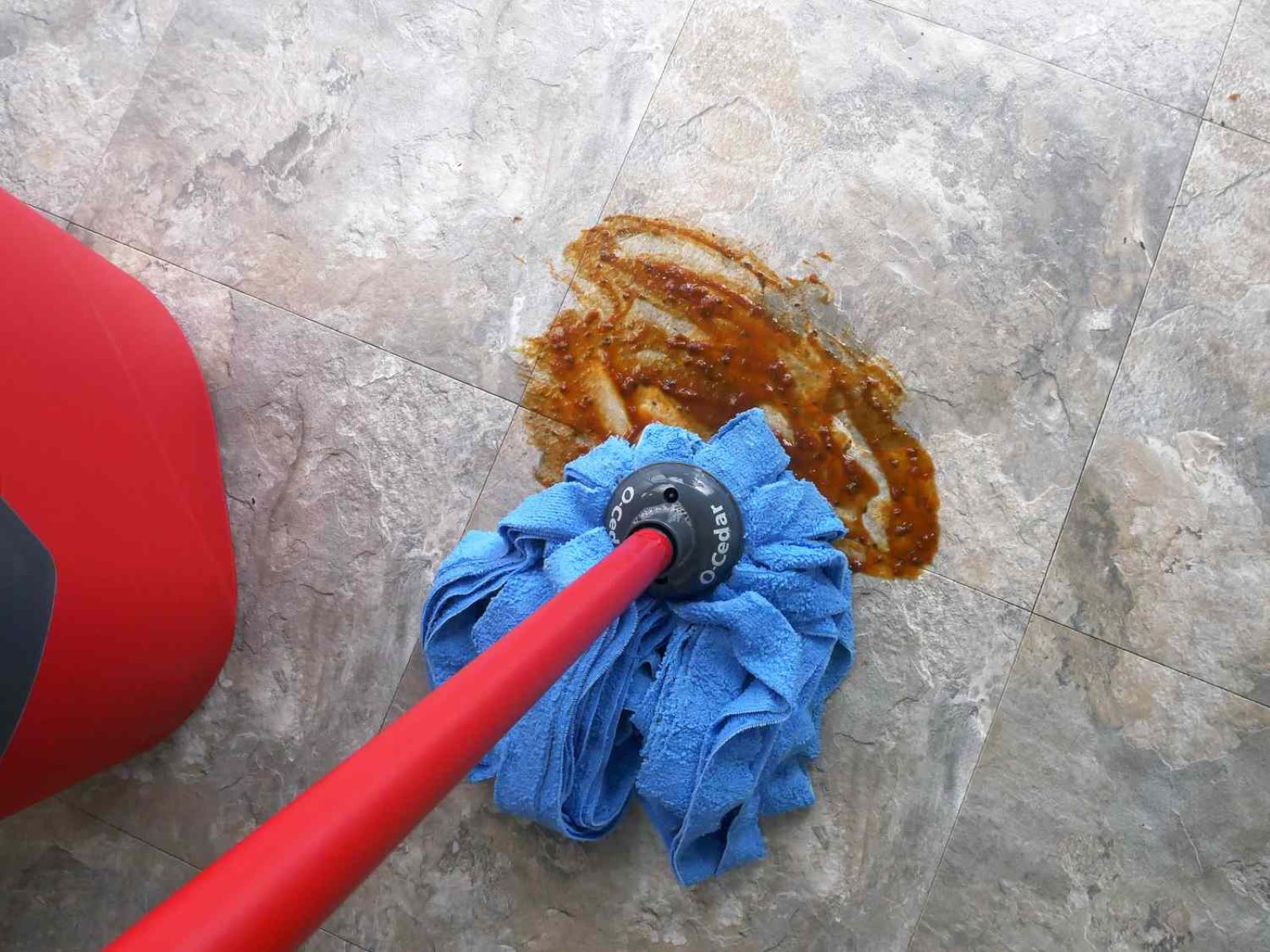
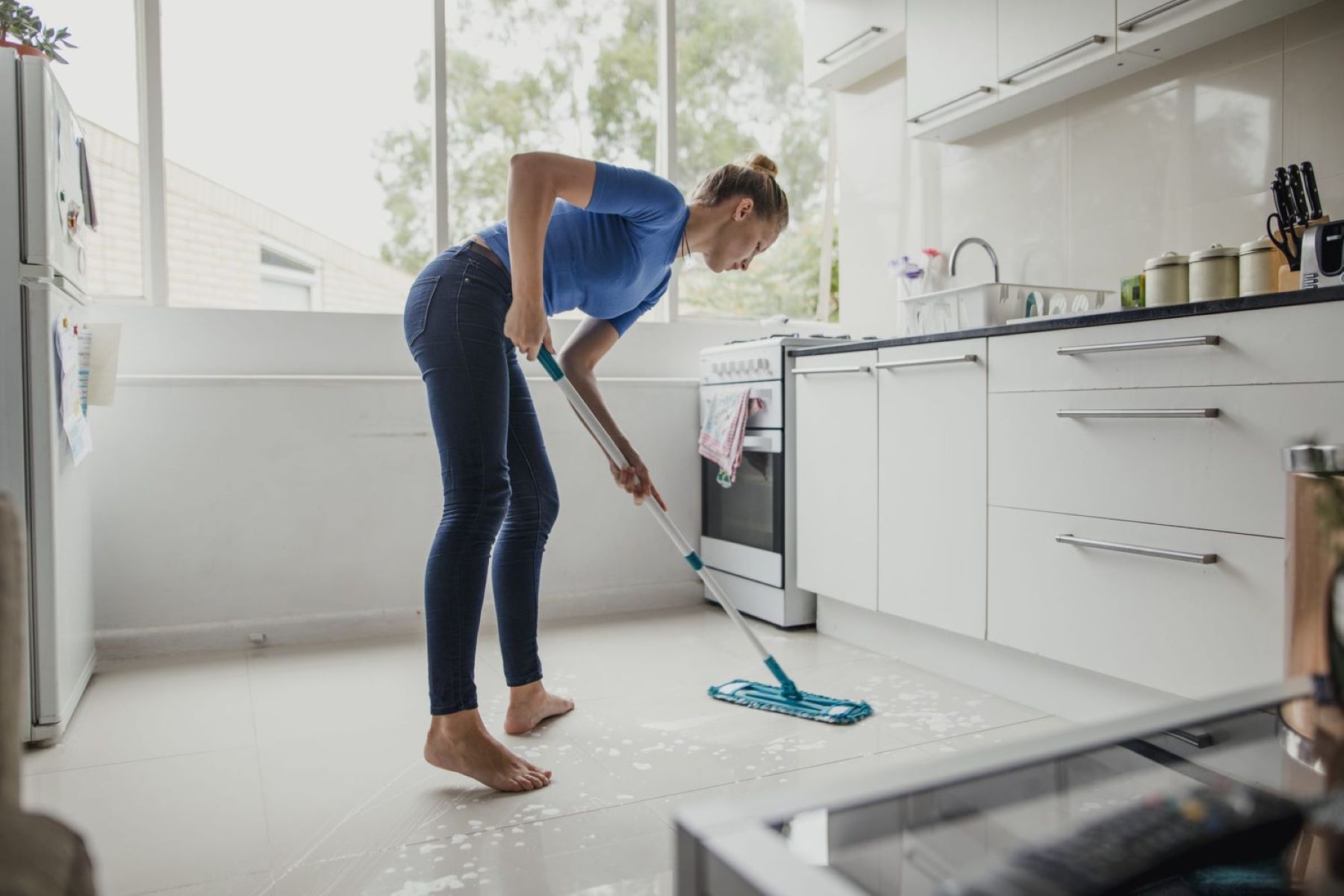
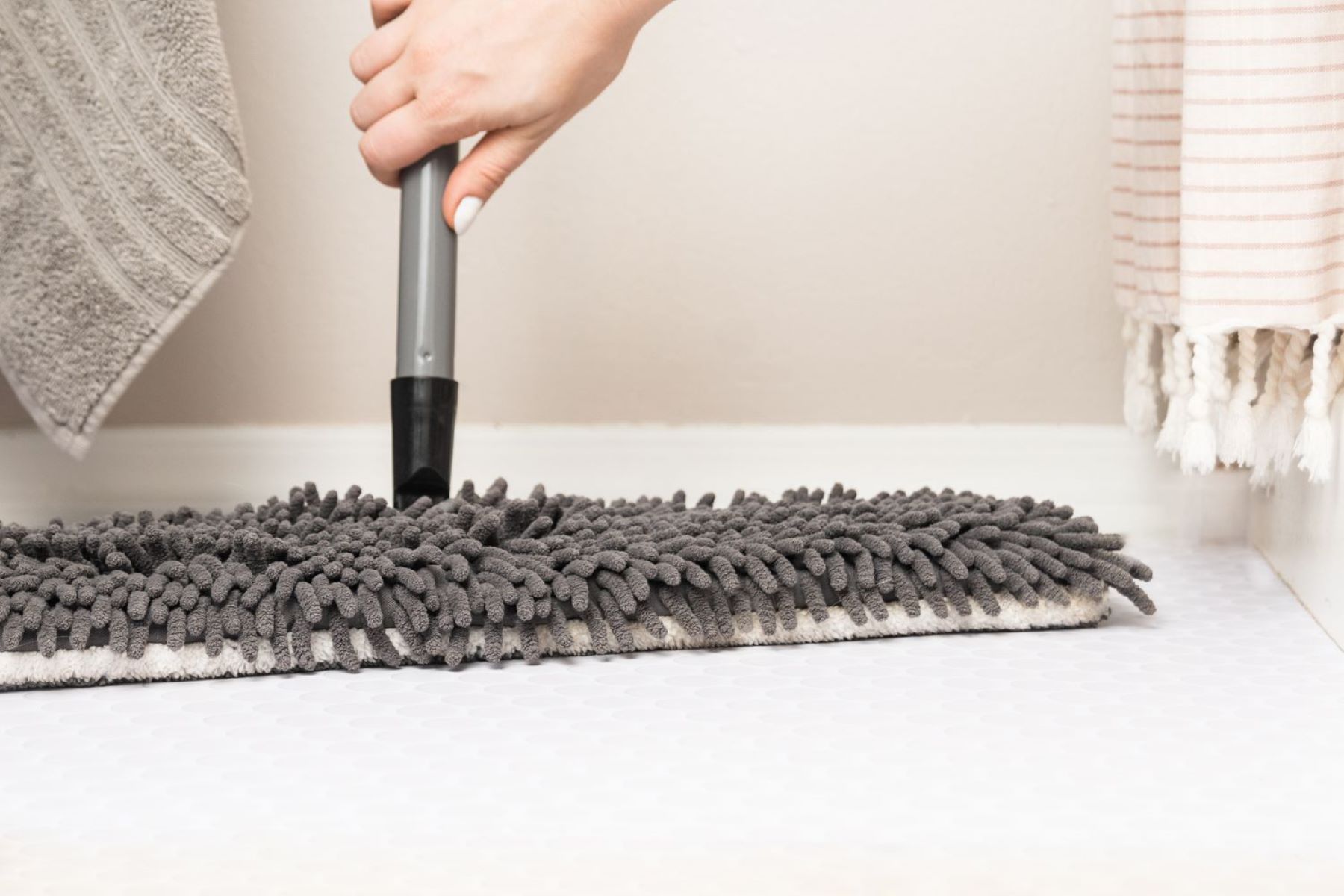
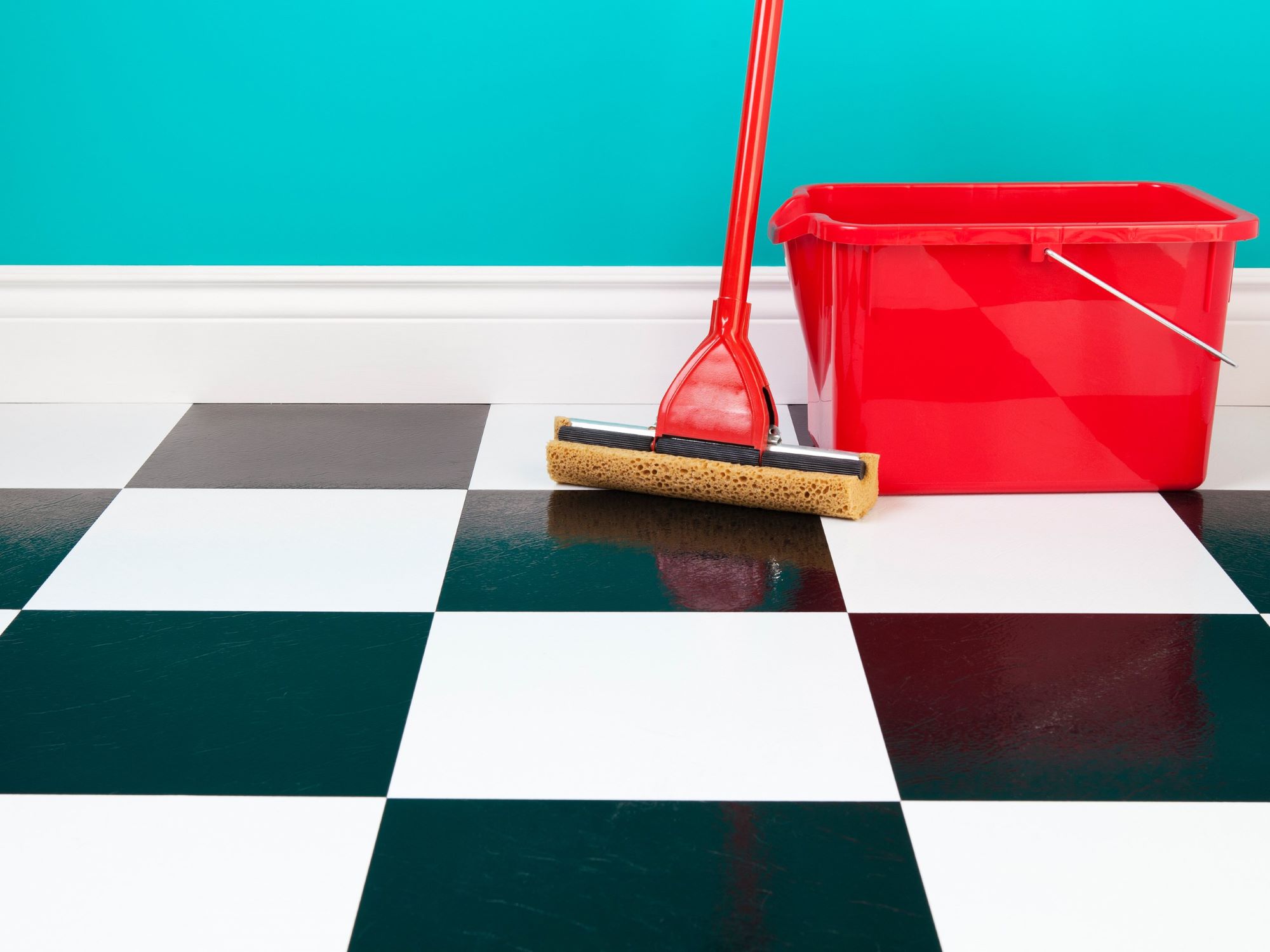
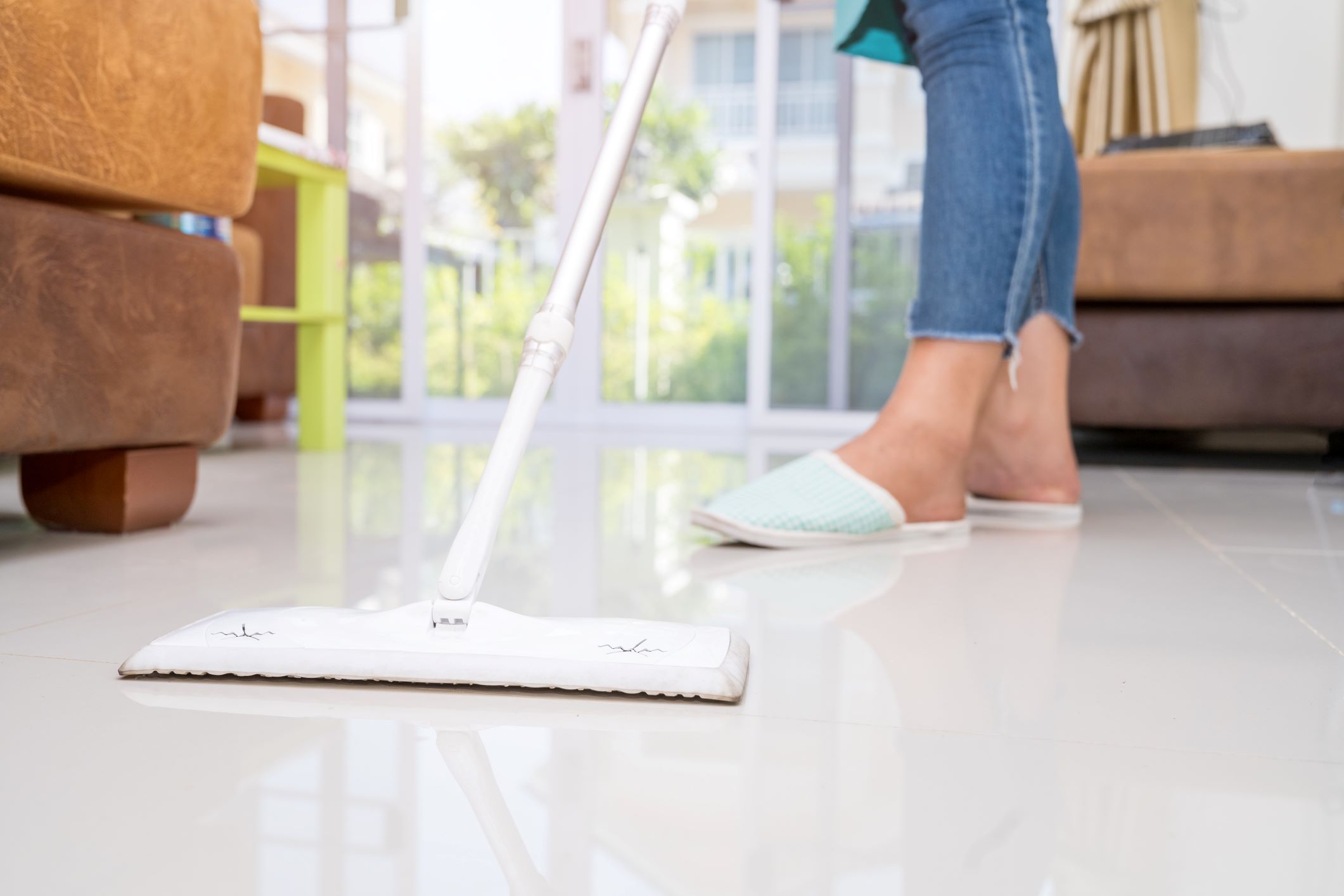
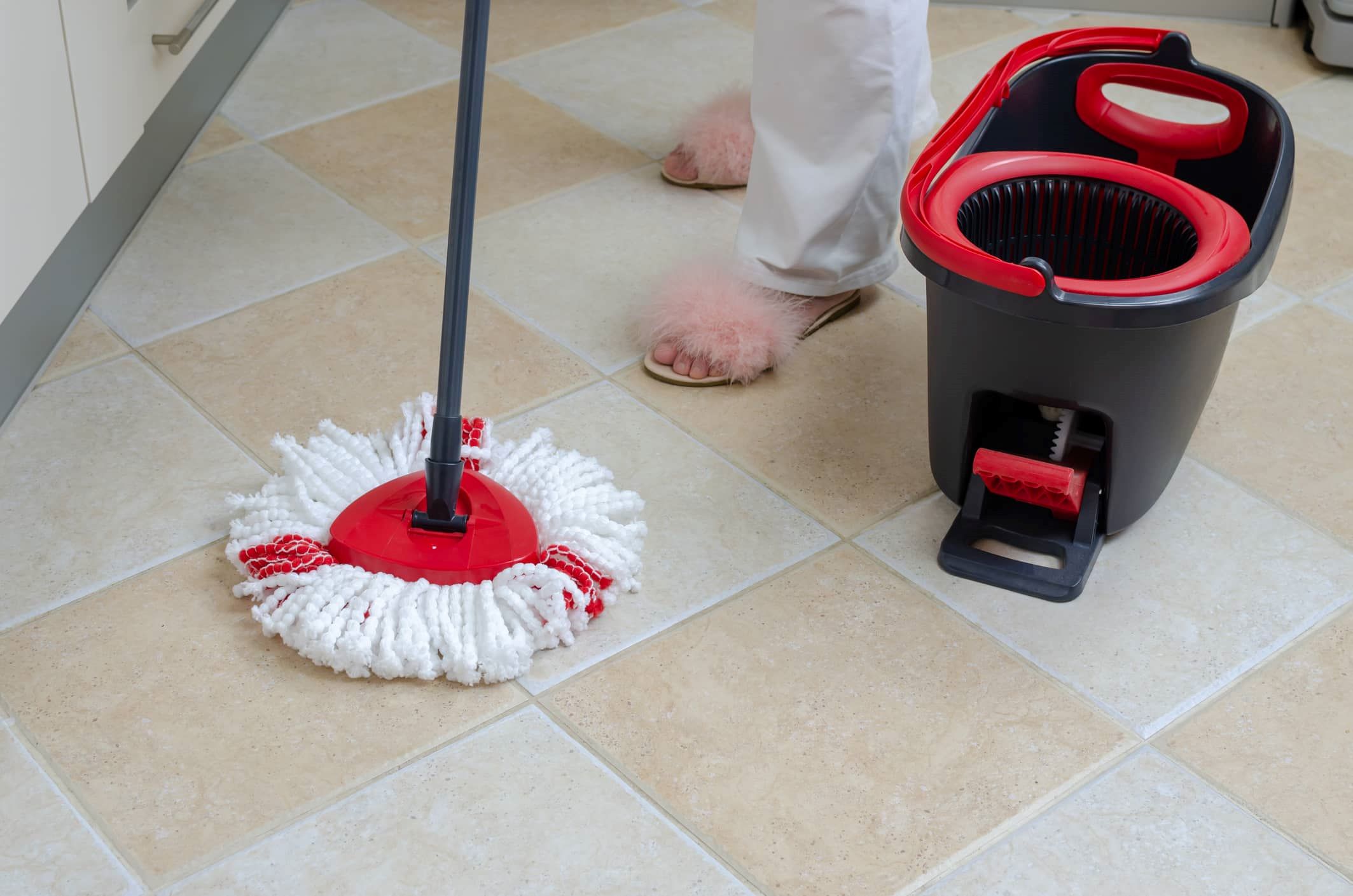
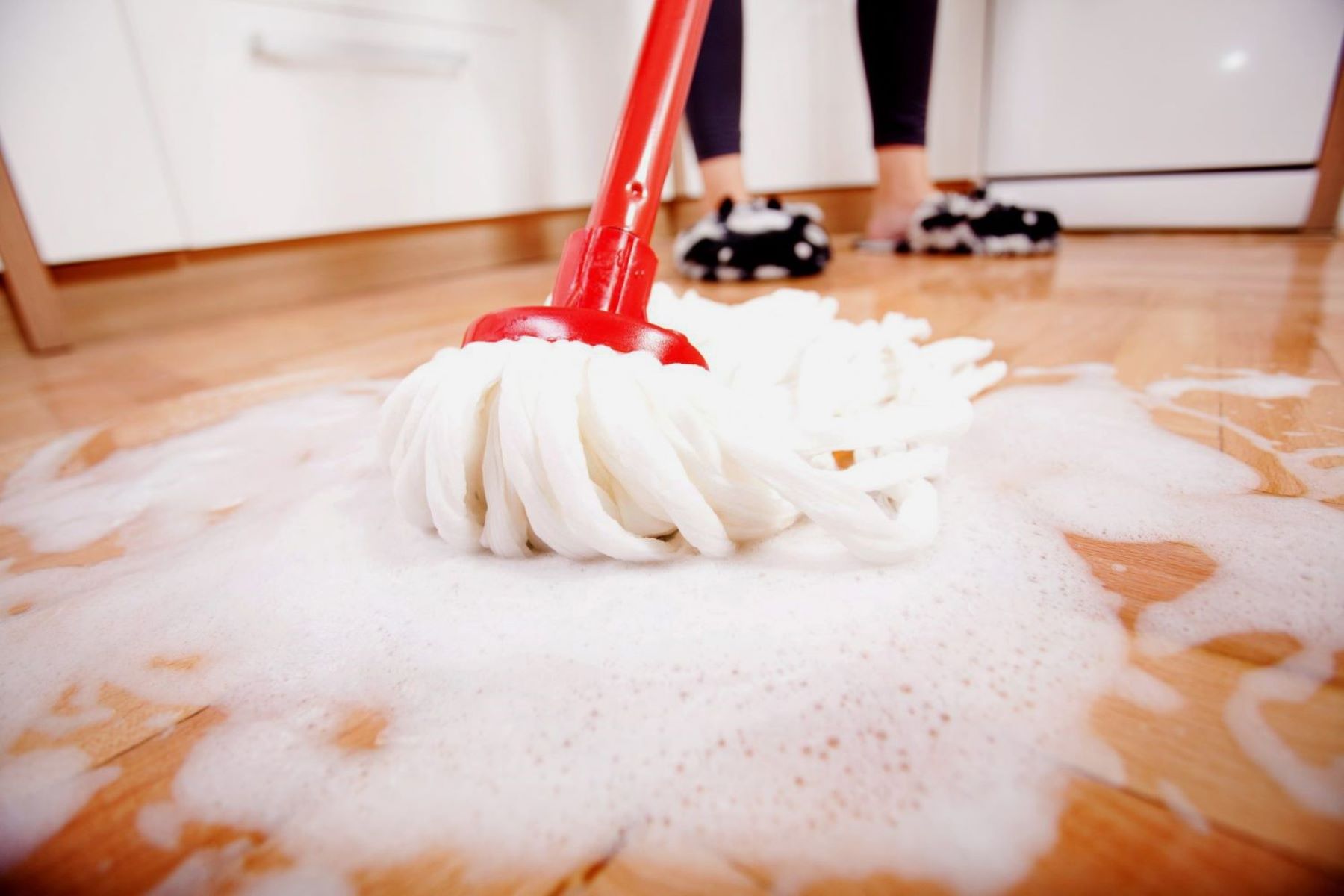
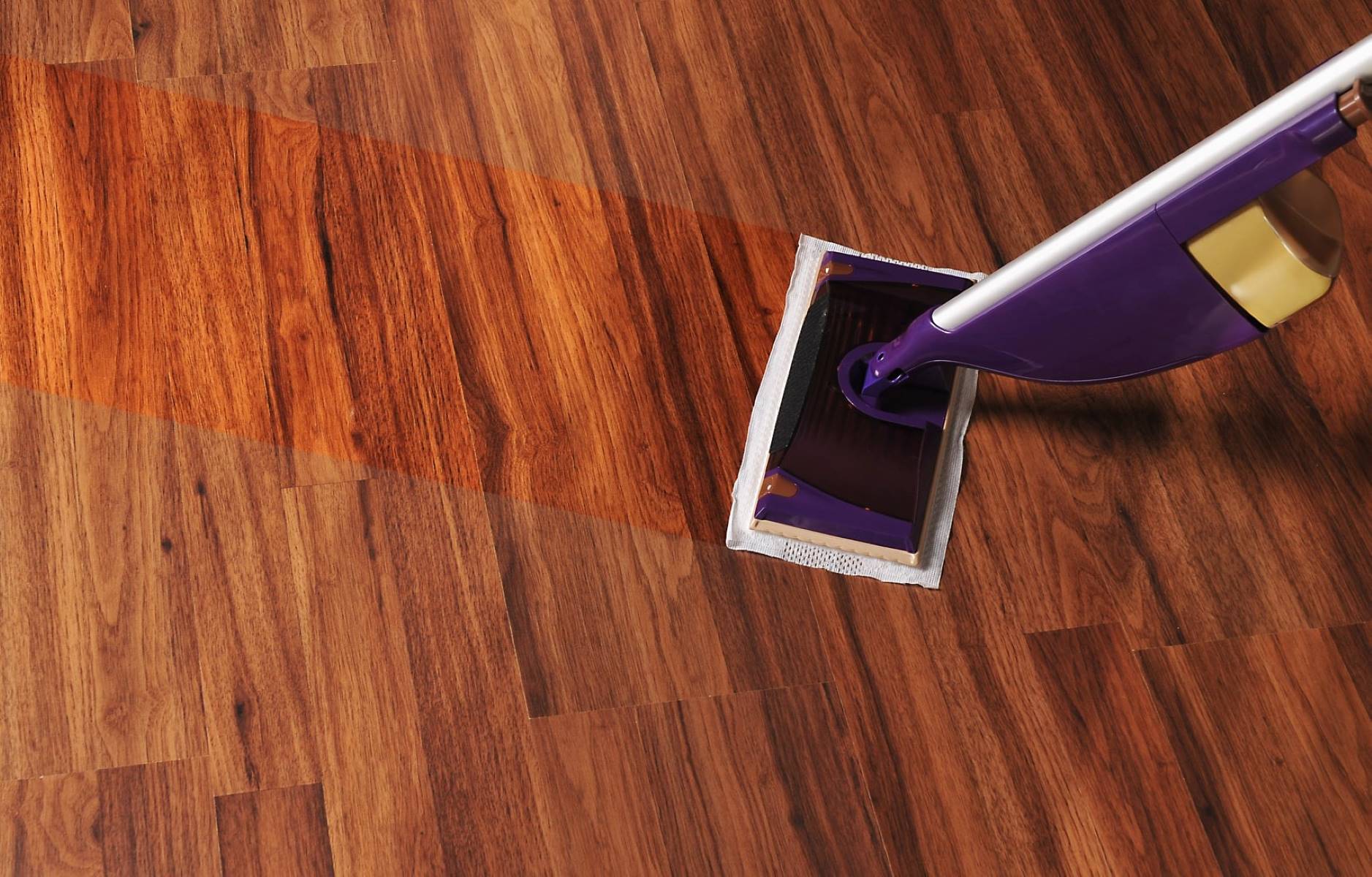

0 thoughts on “How To Mop Marble Floors”